You know what it’s like, you’re enjoying a beautiful sunset that looks perfectly picturesque, so you take a quick snap on your smartphone. Only a photograph never seems to do justice to the scene in front of you.
Photographing sunsets and sunrises is notoriously difficult to get right, and you can often be left with blurry orange skies that are a bit lacklustre.
You might think you need to invest in an expensive camera to really capture all the colours and drama of a good sunset, but artist and photographer Jo Bradford doesn’t believe so. She takes incredible images with her smartphone and shares these tips.
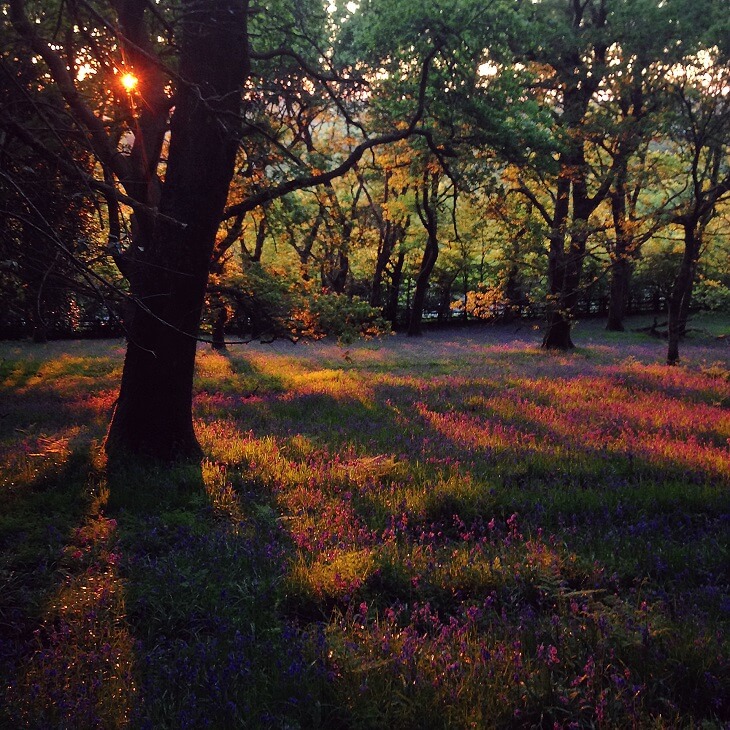
Here are some of her pro tips to get the best holiday shots.
1. Give yourself enough time to set up the perfect picture
The first rays of sun peeking over the horizon are a joyful herald of a new day. You will need to be up with the lark to get set up in time for the show to begin, so bring a flask of something warming and make an occasion of it. You can nail the timings of the sun’s movements across your location with apps like The Photographer’s Ephemeris, which is available for iPhone and Android.
2. Buy a tripod
I’ve found myself enjoying a sunset casting its beautiful light through countryside or an evening seascape, but have got home to find most of the photos I took were too soft or downright blurry and dark to use. The moral of the story? This type of shooting requires a steadier hand than mine, preferably a tripod, to minimise the blur.
3. Don’t give up if the conditions don’t seem ideal
Remember, even on the most overcast of days, you may get lucky with a well-timed cloud break, so if the weather turns, don’t pack up and leave until the show is over – clouds can really add drama. Sunrise scenes are often improved by the presence of swirling mist in valleys. They don’t have to be all about warm orange colours either; there’s a moody photo lurking in there on even the greyest of days.
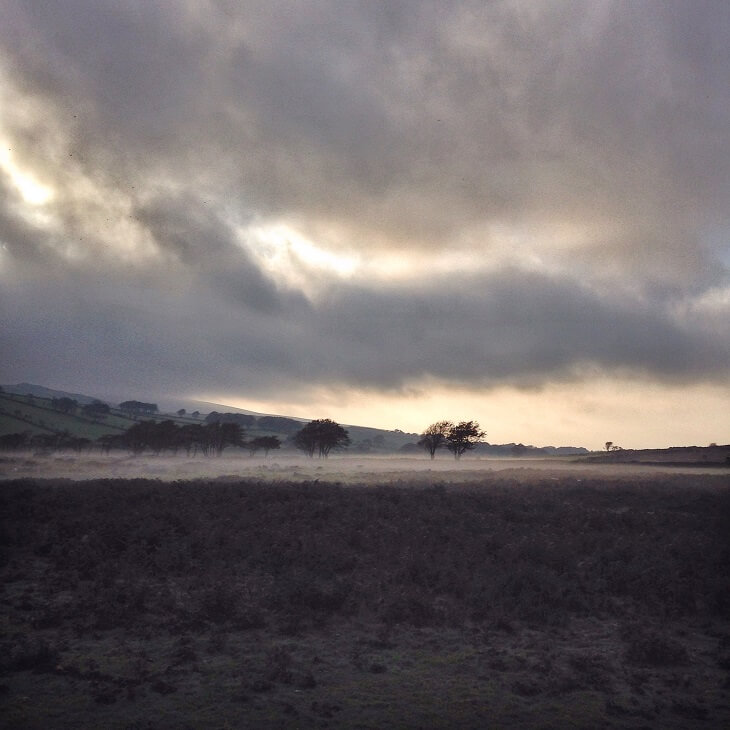
4. Experiment with silhouettes
Try shooting some photos of the low sun with a strong silhouette in the foreground to give a different dynamic to some of your photos. Create the silhouette by simply exposing for the brightest part of the sky; this should throw your foreground detail into dark relief. If the silhouette is still not dark enough, use your exposure slider to bring the exposure down by another one or two stops (i.e. reduce the exposure so that the image is twice as dark or four times as dark).
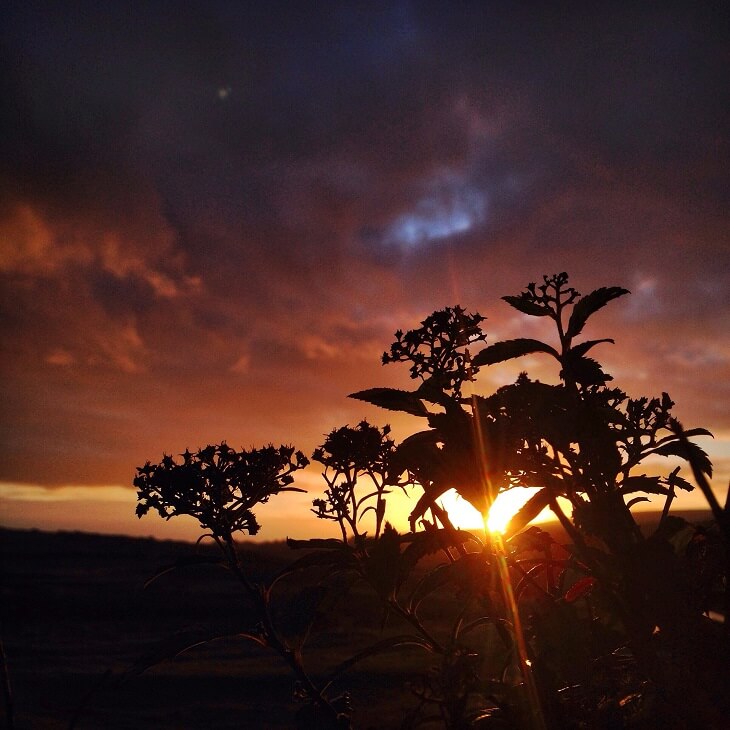
5. Capture the ‘golden hour’
The golden hour, much beloved by landscape photographers, occurs twice daily for a very short time just after the sun rises and again for a short time before the sun sets below the horizon. The long, deep shadows cast by the low sun as it bathes the landscape in its warm golden glow makes for wonderful photographs.
Technically speaking, in the morning the golden hour light phenomenon lasts from the moment of sunrise, for about 25 minutes, until the sun reaches a height of roughly 5º above the horizon. In the evening, the golden hour happens when the sun is roughly 5º above the horizon line. It will intensify for the next 25 minutes or so.
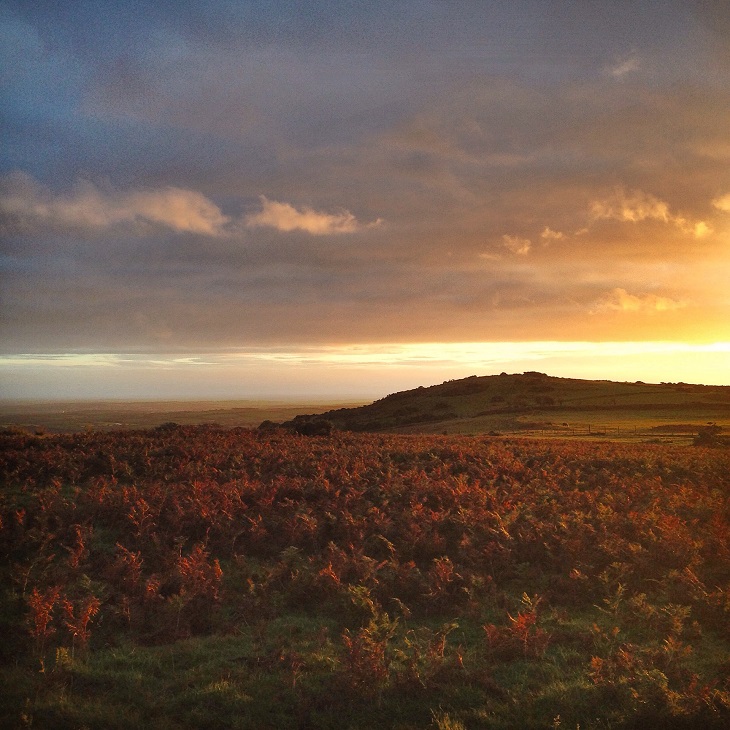
6. Create a point to your photograph other than just the sun
I love the way the golden light catches every blade of grass and dewdrop, and makes them glow, so look for places to capture this. Consider shooting in portrait format rather than landscape format, so that you can make more of a feature of the drama in the skies. If you can get to a pond or any body of water that catches the sun’s rays, you’ll be rewarded with the double bonus of a reflected sky in your landscape.
7. Don’t ignore twilight as a photography opportunity
You might think the setting sun heralds the end of the day for photographing outside, but twilight brings its own magic. The golden glow of the sun has gone and the dying embers of the fiery sunset are fading fast from the sky, but the landscape is still lit by the shadowy light of the soft blues and violets we associate with twilight.
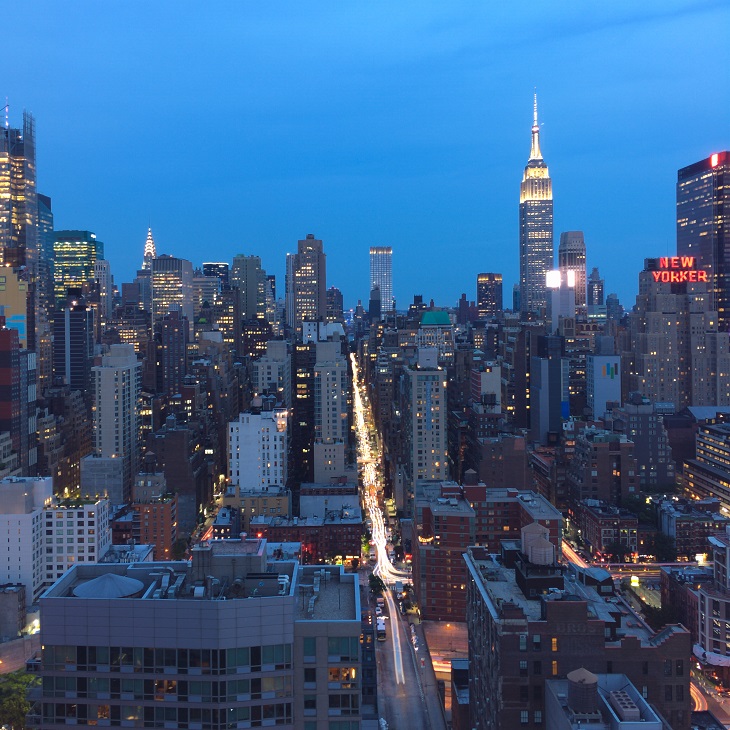
You’ll want to leave the shutter open for longer, particularly if you are in an urban environment where the combination of city lights coming on and car headlights will create amazing light trails. Try keeping your ISO at 400 and under to keep the noise down as much as possible, now dial your shutter speed up and down until you find the sweet spot where the tonal range is balanced from highlights to shadows.
8. Be patient
Patience is something every great photographer will have in spades. Learning to stay in the moment after you have taken that great shot, to be patient enough to keep looking for something more, will mean you are in the right place and in the right frame of mind when an unexpected magic moment happens.
Do you use your smartphone to take holiday photos? Have you tried your hand at landscape photography? Share your thoughts in the comments section below.
– With PA
Read also: Drew’s travel photography tips

